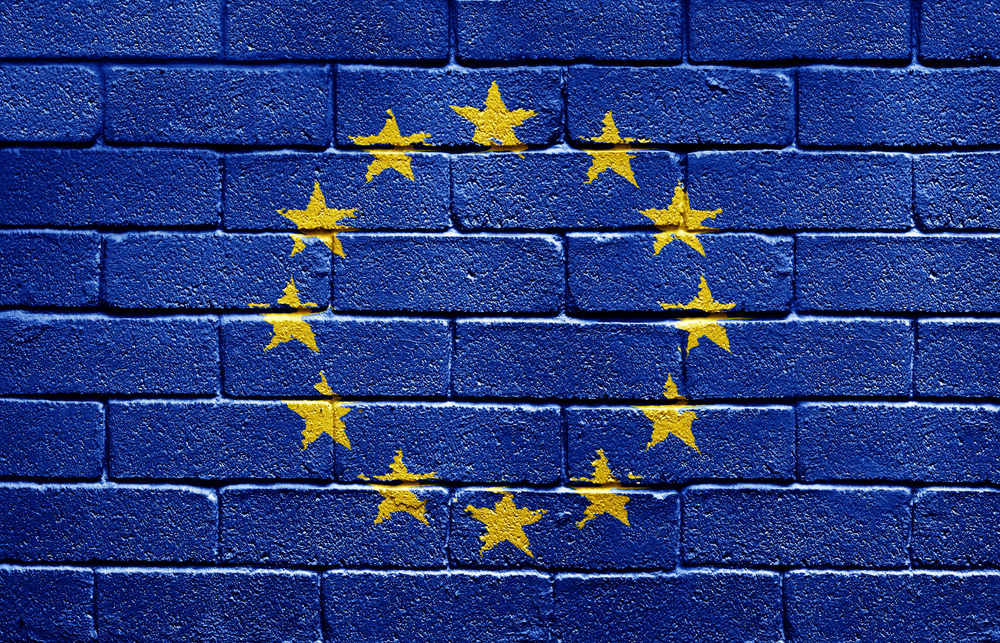EU Updates Crypto Classification Rules Under MiCA
20.07.2024 10:00 1 min. read Alexander Stefanov
The European Union has announced new regulations for classifying digital assets and cryptocurrencies under the Markets in Crypto-Assets Regulation (MiCA).
Released on July 12 by the European Banking Authority (EBA), European Insurance and Occupational Pensions Authority (EIOPA), and European Securities and Markets Authority (ESMA), these guidelines aim to standardize how various crypto-assets are categorized.
The new framework includes a series of questions to determine whether a token should be classified under MiCA or another category like e-money tokens (EMTs) or asset-referenced tokens (ARTs).
Issuers must provide detailed legal opinions to clarify their tokens’ classifications.
Feedback on these guidelines is invited until mid-October, with a virtual hearing scheduled for September 23.
The first MiCA regulations on stablecoins took effect on June 30, and further regulations are expected by December 2024. Circle has already ensured its stablecoins, USDC and EURC, meet MiCA standards.
-
1
Senate Confirms Crypto-Linked Nominee Jonathan Gould to Head OCC
11.07.2025 9:00 2 min. read -
2
South Korea Urges Asset Managers to Limit Exposure to Crypto Stock Like Coinbase,MicroStrategy
23.07.2025 10:00 1 min. read -
3
U.S. Regulators Define Crypto Custody Rules for Banks
15.07.2025 9:00 1 min. read -
4
Crypto Legislation Moves Forward Amid GOP Infighting Over CBDC Ban
17.07.2025 6:30 2 min. read -
5
Donald Trump to Unlock $9 trillion in Retirement Savings for Crypto and Gold Investments
18.07.2025 11:30 2 min. read
White House-backed Task Force Outlines Vision for Crypto Regulation
A coalition of U.S. federal agencies, formed under a January executive order by President Donald Trump, has released a fact sheet previewing its recommendations for a national digital asset framework.
Indonesia Triples Crypto Transaction Volume, Introduces New Tax Regime
Indonesia’s cryptocurrency sector saw explosive growth in 2024, with the total transaction value of crypto assets tripling year-on-year to over 650 trillion rupiah ($39.67 billion), according to data from the country’s financial regulator.
American Senator Introduces Bill to Count Crypto in Mortgage Eligibility
U.S. Senator Cynthia Lummis (R-Wyo.) has introduced the 21st Century Mortgage Act, a landmark bill that seeks to modernize federal home loan underwriting by including digital assets in mortgage eligibility assessments.
SEC Approves in-kind Creation and Redemption for Crypto ETPs, Marking Regulatory Shift
In a major development for the U.S. digital asset market, the Securities and Exchange Commission (SEC) has approved in-kind creation and redemption mechanisms for crypto asset exchange-traded products (ETPs), including those tied to Bitcoin and Ethereum.
-
1
Senate Confirms Crypto-Linked Nominee Jonathan Gould to Head OCC
11.07.2025 9:00 2 min. read -
2
South Korea Urges Asset Managers to Limit Exposure to Crypto Stock Like Coinbase,MicroStrategy
23.07.2025 10:00 1 min. read -
3
U.S. Regulators Define Crypto Custody Rules for Banks
15.07.2025 9:00 1 min. read -
4
Crypto Legislation Moves Forward Amid GOP Infighting Over CBDC Ban
17.07.2025 6:30 2 min. read -
5
Donald Trump to Unlock $9 trillion in Retirement Savings for Crypto and Gold Investments
18.07.2025 11:30 2 min. read


